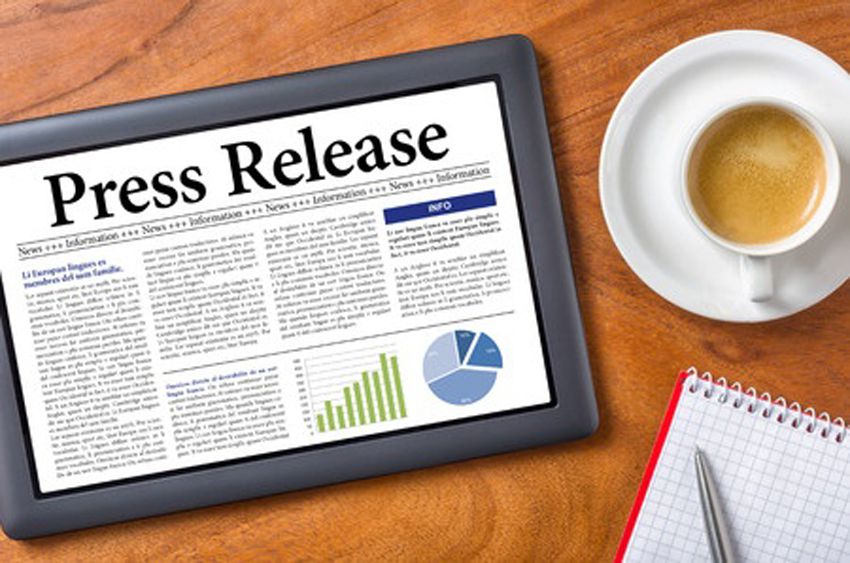

In today's fast-paced and interconnected world, organizations of all sizes and industries are vulnerable to crises that can damage their reputation and bottom line. When such situations arise, effective communication becomes paramount.
Enter press releases - a tried and tested tool for crisis communication. But what makes press releases so powerful in times of turmoil? How can organizations craft an effective press release that captures attention and delivers the right message?
And, perhaps most importantly, how can they navigate the complex landscape of media relations during a crisis? In this discussion, we will explore the answers to these questions and more, uncovering the key elements and strategies behind successful crisis communication through press releases.
Understanding crisis communication is essential for organizations to effectively manage and respond to unforeseen and potentially damaging situations. Crisis communication refers to the strategic process of conveying information and managing communication during a crisis or emergency. It involves promptly and accurately addressing stakeholders' concerns, maintaining transparency, and protecting the organization's reputation.
By understanding crisis communication, organizations can develop a comprehensive crisis communication plan that includes clear roles and responsibilities, established communication channels, and pre-approved messaging. This enables them to respond quickly and efficiently to crises, minimizing the potential negative impacts on their stakeholders and reputation.
Additionally, understanding crisis communication allows organizations to anticipate potential crises, assess risks, and proactively develop strategies to mitigate their impact. Overall, a solid understanding of crisis communication is crucial for organizations to effectively navigate and recover from crisis situations.
Press releases are a powerful tool for organizations to effectively communicate and manage crisis situations. They provide a structured format for delivering accurate and timely information to the media, stakeholders, and the public. By crafting a well-written press release, organizations can control the narrative, address concerns, and provide updates during a crisis.
One of the key powers of press releases is their ability to reach a wide audience. When distributed to media outlets, press releases can generate coverage across various platforms, including print, online, and broadcast. This helps organizations disseminate their message to a larger audience and ensures that the correct information is being shared.
Press releases also have the power to establish credibility and trust. By providing accurate and transparent information, organizations can demonstrate their commitment to addressing the crisis and protecting the interests of stakeholders. This can help maintain the organization's reputation and mitigate potential damage caused by the crisis. Furthermore, press releases can serve as a historical record of the crisis and the organization's response. They can be archived, accessed, and referred to in the future, providing a comprehensive account of the events and actions taken.

Crafting an effective press release requires careful consideration of the target audience, key messaging, and the desired outcome of the communication. The target audience should be identified and analyzed to ensure that the press release is tailored to their needs and interests.
Key messaging refers to the central theme or message that the press release aims to convey. It should be concise, clear, and aligned with the overall communication strategy. Additionally, the desired outcome of the press release should be determined beforehand.
Whether it is to inform, persuade, or influence, the press release should be crafted in a way that achieves the intended objective. By following these guidelines, a well-crafted press release can effectively deliver the desired message to the target audience and contribute to successful crisis communication efforts.
To effectively communicate during a crisis, it is essential to understand the key elements that should be included in a press release. A crisis press release should begin with a concise and attention-grabbing headline that clearly states the crisis at hand.
It should then provide a brief summary of the crisis, including relevant details such as the date, time, and location of the incident. The press release should also outline the actions taken by the organization to address the crisis and mitigate its impact.
Additionally, it is crucial to include contact information for media inquiries and a designated spokesperson who can provide further information and updates. Finally, the press release should conclude with a positive and reassuring message, emphasizing the organization's commitment to resolving the crisis and ensuring the safety and well-being of those affected.

When faced with a crisis, effectively managing media relations becomes essential for maintaining control over the narrative and ensuring accurate information is disseminated. Media relations during a crisis require careful planning and strategic communication to effectively address the concerns of the public and stakeholders.
One of the key aspects of managing media relations is establishing clear lines of communication with journalists and media outlets. This includes designating a spokesperson who is well-prepared and trained in crisis communication, and who can deliver consistent and accurate messages to the media. It is important to proactively engage with the media by providing timely updates, responding to inquiries promptly, and addressing any misinformation or rumors that may arise.
Additionally, maintaining transparency and being available for interviews or press conferences can help build trust and credibility with the media and the public. Overall, effective media relations during a crisis can help mitigate reputational damage and ensure that accurate information is communicated to the public.
Successful crisis communication through press releases has proven to be an effective strategy for managing and controlling the narrative during challenging times. Several case studies demonstrate the power of press releases in successfully navigating and mitigating crises. One such example is the Johnson & Johnson Tylenol crisis in 1982, where the company swiftly issued a press release recalling their product after reports of tampering.
This proactive communication approach helped Johnson & Johnson regain public trust and maintain their brand reputation. Another notable case is the United Airlines passenger incident in 2017, where the company issued a press release expressing regret and outlining steps taken to address the issue.
This timely response helped United Airlines regain control of the narrative and restore customer confidence. These case studies highlight the importance of press releases as a crisis communication tool and their ability to effectively manage and shape public perception.

Non-profit organizations can effectively utilize press releases to build relationships with potential donors by highlighting their mission, impact, and success stories. Press releases should be concise, compelling, and targeted towards the intended audience. They can be distributed through various channels, such as media outlets, online platforms, and social media. By sharing newsworthy information about their work, non-profit organizations can attract the attention and support of potential donors, ultimately fostering relationships based on trust and shared values.
To ensure that their press releases reach the right audience and generate meaningful engagement, non-profit organizations can employ several strategies. Firstly, they should identify their target audience and tailor their messaging accordingly. They can also leverage media contacts and distribution channels that are popular among their target audience. Additionally, non-profits can use social media platforms to amplify the reach of their press releases and encourage audience interaction. Lastly, they should regularly evaluate the effectiveness of their press release campaigns and make adjustments as necessary to optimize engagement.
Press releases continue to play a significant role in the changing media landscape. They serve as a tool for organizations to communicate important information to the public and media outlets. In today's digital age, press releases can be distributed through various channels, including online platforms, social media, and email. This allows for wider reach and increased visibility. Additionally, press releases provide journalists with a reliable source of information, helping them to create accurate and timely news stories.